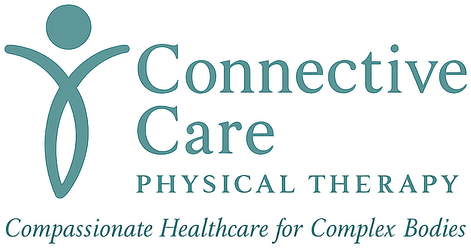
Jaw Pain Isn’t Just a Dental Problem – How PT Can Help with TMJ Dysfunction
Clicking, clenching, and facial pain aren’t just in your head — or your bite. They’re signs of a system out of balance. And PT can help restore it.

Rest Is Rehab Too
Rest isn’t laziness — it’s part of the plan. Especially for sensitive systems. Here’s how we use rest as a rehab tool.

You Don’t Have to “Push Through” to Make Progress
Progress can be quiet, slow, and body-honoring. You don’t need to crash your system to heal.

Why Your Pain Moves Around (and Why That’s Normal)
Shifting symptoms are common in hypermobility and central sensitization. It doesn’t mean it’s in your head.

When Movement Feels Unsafe: Rebuilding Trust in Your Body
Fear of movement is real when your body has let you down. Here's how PT can help rebuild safety and trust.

The Problem with “Just Strengthen Your Core”
For hypermobile patients, core work must be gentle, reflexive, and nervous-system aware — not bracing and overdoing.

Pain Neuroscience Simplified
Pain is a protective alarm, not a damage report. Learn how understanding pain can change your experience of it.

What Is Hypermobility — And Why It’s Often Missed
Hypermobility is more than flexibility. Learn why it’s often misunderstood and what it really means for your body.

Why Pacing Isn’t Lazy: A PT’s Perspective
Pacing isn’t about doing less. It’s a smart, body-aware strategy to help you do more safely — without crashing.

Is It Deconditioning or Something More?
If 'just get stronger' hasn’t helped, you’re not alone. We look at what’s often missed in complex rehab cases.

Can Physical Therapy Be Trauma-Informed? (Yes — And It Should Be)
Trauma-informed care is about safety, control, and consent. Learn how it changes the PT experience.

